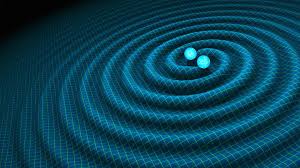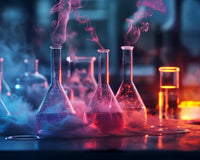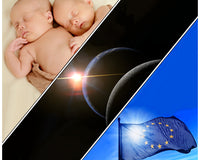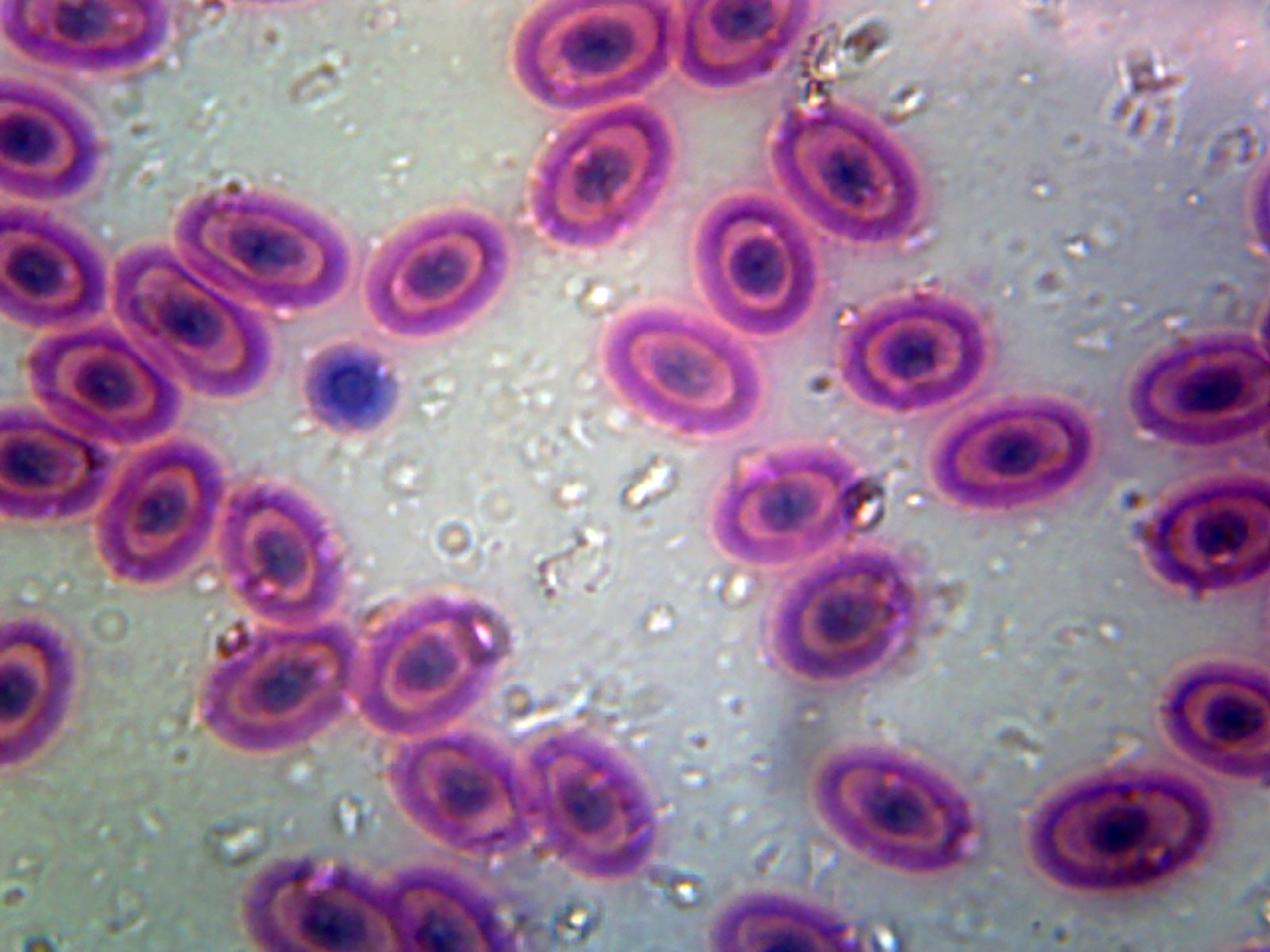GW170817.
This jumble of letters and numbers represents one of the most important events in modern astrophysics. It refers to the gravitational-waves detected by the LIGO Scientific Collaboration and VIRGO Collaboration on August 17, 2017.
Gravitational-waves, first detected by LIGO in late 2015, were a groundbreaking discovery that promised to usher in a new era of astronomy. These waves are ripples in the curvature of spacetime and were predicted way back in 1916 by Albert Einstein in conjunction with his theory of general relativity. It took nearly 100 years after the prediction of their existence to detect them. This was because the instruments operated by LIGO and VIRGO use some of the most precise measurements in human history to detect them.
The four detections of gravitational waves preceding GW170817 were produced by the collisions of two black holes. Though these black hole mergers were undoubtedly impressive and important to astronomy, GW170817 was special because it was caused by the merger of two neutron stars. Neutron stars are the incredibly dense cores left after the collapse of a star between 10 and 29 solar masses. Besides black holes, they are the densest objects in the universe that we know of.
So, what makes this event so special?
Not only did the detection of GW170817 prove that we can observe gravitational-waves outside of black hole mergers, but it marked the start of the age of "multi‑messenger astrophysics." This event, unlike the gravitational-waves detected from black hole mergers, produced detectable electromagnetic radiation as well. As soon as the gravitational-waves were detected by LIGO in the US and again by VIRGO in Italy, conventional observatories around the world went into overdrive looking for the same event in the electromagnetic spectrum. When the matching event was found by observing electromagnetic sources of light, the promise of gravitational waves changing the face of astronomy was met. Scientist now have multiple “messengers,” those being gravitational and electromagnetic radiation, to use in their study of the universe.
Now that I’ve given some background on gravitational-waves and the importance of this discovery, it’s time to talk about what we have learned so far from this discovery. What exactly can GW170817 and multi-messenger astronomy teach us? Though papers will be written about this for years to come, some things we’ve learned (or hypothesized) so far include the following:
- There has always been a hazy-at-best understanding of how elements heavier than iron were formed. We have thought in the past that supernovas caused by the death of a star could create such heavy elements, but we weren’t sure that events like supernovas could create them in the quantity that we observe in the universe. We now have a firmer grasp on how these neutron star mergers create and distribute large amounts of these heavy elements in high energy explosions deemed “kilonovas.” In the near future we will be able to more fully observe this event and learn about the production of the heaviest elements on the periodic table.
- Until now, it was only theorized that “short gamma-ray bursts” were, at least in part, caused by neutron star collisions. We now have strong evidence suggesting that to be the case.
- Multi-messenger astronomy can help us to make better estimates on the distances between us and other celestial bodies, which could, in turn, give us a more concrete value on the rate of the expansion of the universe.
Read the original press release.
View LIGO’s compiled findings, visual aids, and videos for further reading and visualizations of the event.
Written By: Jacob Monash











